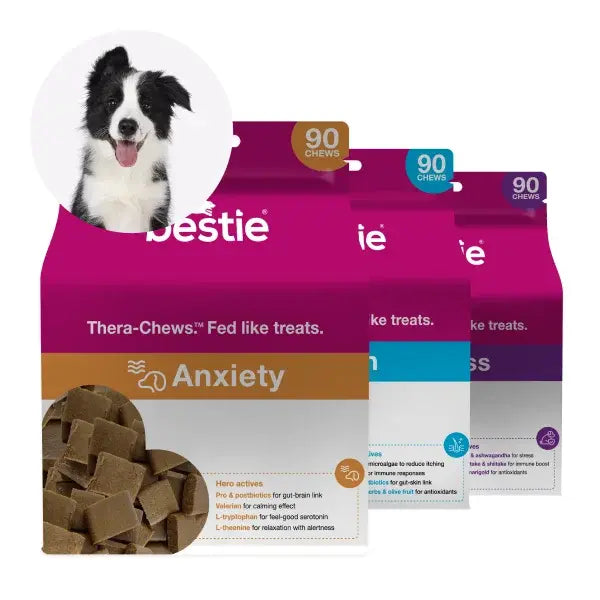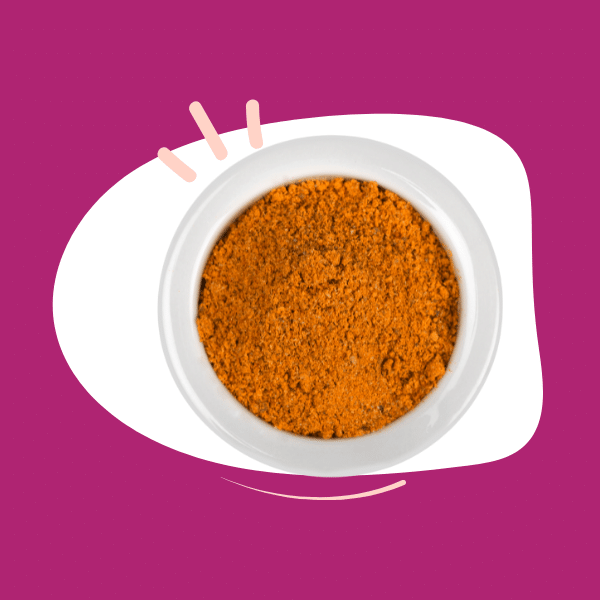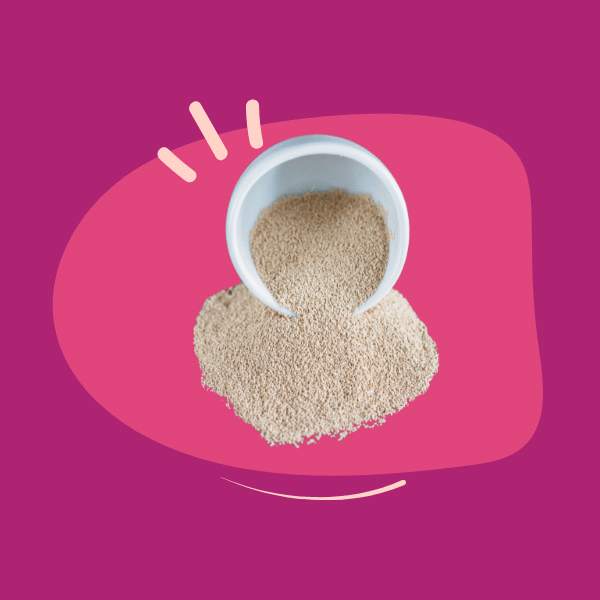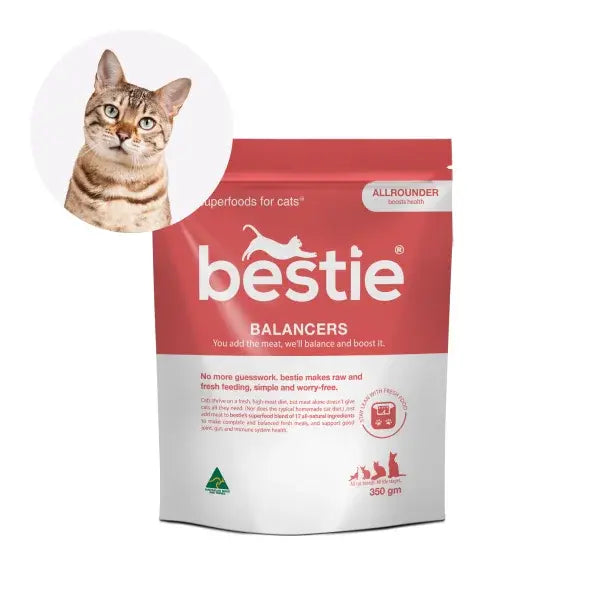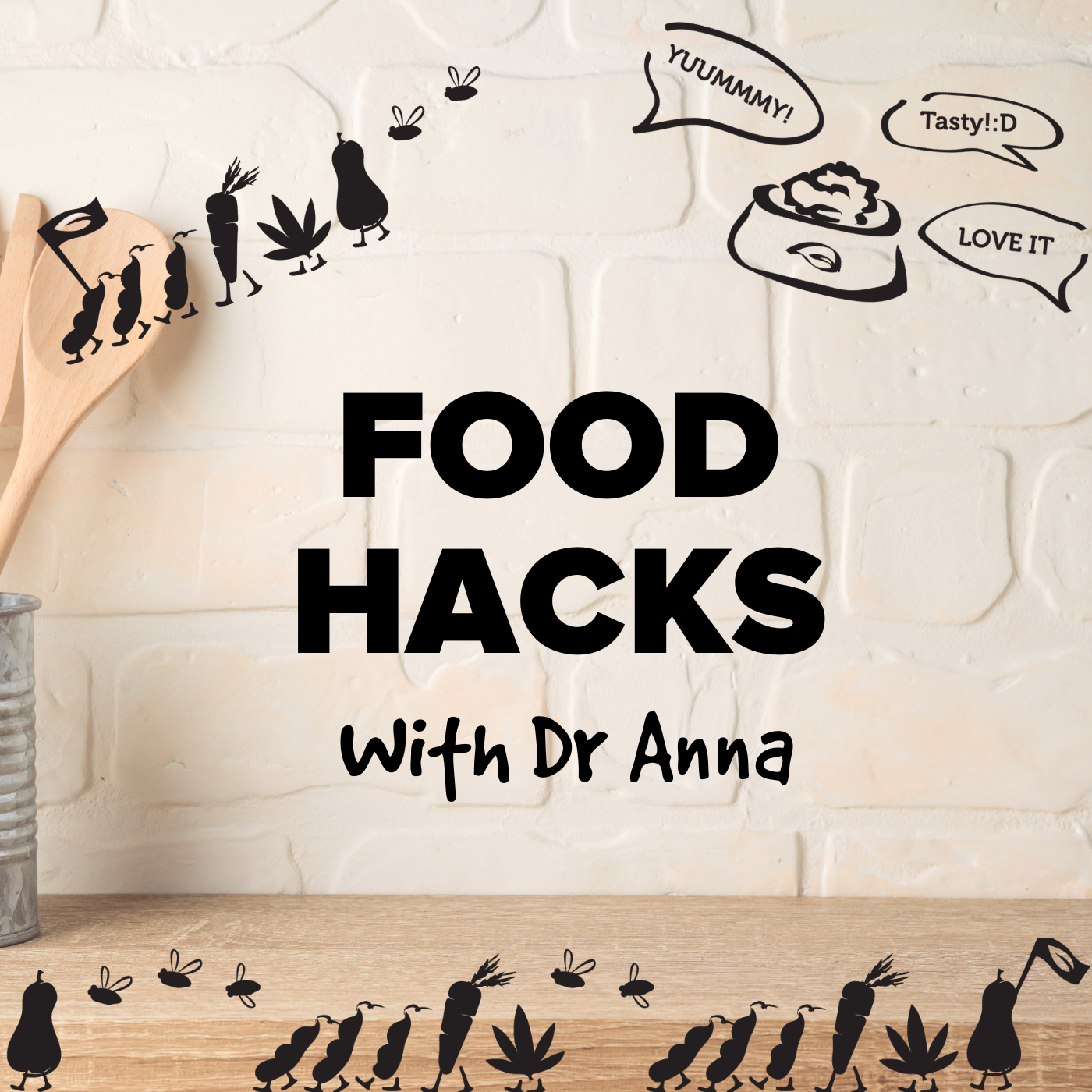Chances are your dog or cat is a rescue. And if they are, there are a few things to bear in mind as you settle them in. Once you do, a little enrichment may be on the cards. Here are a few ideas.
“Rescue cats are similar to rescue dogs,” says Brittany aka The Pet Girl. (I interviewed Brittany recently for our Facebook interview series, Pet Parent with a Brain.)
“I mean, obviously cats are routine animals. They…had a routine and then they've had it changed. Then in the rescue, they've got a routine. And then you've gone and changed it again.
"So when you bring a cat home, I think one of the biggest things is get into a routine with your cat and be really to the point with your routine. Don't try and change their food straight away. Just let them settle in. Let them get to know you have patience with them.”
Brittany says that both her cats have been rescued.
“And I have picked my cats based on their temperament… I've always pick cats that have good food drive or have good play drive or cats that forthcoming in coming to me and things like that…
"What I have tended to do is not introduce them to everything all at once. I made a really small space for them. And I slowly made their space larger and larger and larger. I never pressured them into doing anything.
"Cats are jerks, right? So everything is on their terms, so you have to acknowledge that.”
But once you’ve done that settling in part, what about enrichment???
ENRICHMENT FOR CATS - IDEAS
“If you look at cats as you look at say dogs and owning a pet dog, obviously they're different, but think about from a biological standpoint. Where everybody is spending all this time on all these enrichment activities for their dogs…But what about cats?
"Cats deserve enrichment activities too: cats lives matter as well.”
Brittany says her cat Bullseye gets regular enrichment. She has a mini Kong, gets puzzles to do, and has different environments created for her where she's going to be “biologically fulfilled”.
When it comes to enrichment activities for cats, there are a LOT of things to choose from.
Foraging toys (also called food puzzles, puzzle feeders and treat dispensers) help satisfy a cat’s natural instinct to search for food.
Interactive toys, that you can throw and they can chase. Wadded-up paper, foil balls, string and plastic rings from milk jugs are DIY versions…and then there’s Cat Dancer!
Video and audio products, like Through a Cat’s Ear (I kid you not)
You can also find other enrichment ideas here.
And then, there’s the enrichment garden…Battersea Rescue says that these plants are worth considering:
- Cat Grass – Cats may often eat grass as it is thought to help with digestion. ‘Cat grass’ is the perfect type of grass for cats to munch on.
- Catmint – and other members of the mint family – more plants that may be attractive and stimulating to your cat.
- Catnip – Whilst we’re not really sure of the exact effect catnip has on the brain of cats, many cats (around 50-70%) may find the chemicals the leaves of this plant produces to have a stimulating or hallucinogenic effect.
- Honeysuckle – Thought to have a similar effect on cats to catnip (although only about 30% of cats are responsive to it).
- Valerian – Depending on the amount of exposure, this plant is thought to have either positively stimulating or calming effects on cats and can be another very welcome addition to your cat-friendly garden.
Life & Cats recommend these plants:
- Parsley, lemon thyme, basil, cilantro/coriander, dill, and mints are safe should your cat like a snack.
- Licorice, chamomile, and echinacea have healing properties.
- Flowers add colour, scent and attract butterflies which gives your cat another source of fun. Good choices include roses, cornflower, marigolds and petunias.
- Grow hanging plants in pots and let them drape in a curtain. Cats love spider plants and it is safe for them to eat. Spiderwort, or Wandering Jew, is another great, cat friendly, hanging plant.
- The indoor version of a cat grass bed can be as simple as filling a decent-sized litter box with dirt and planting mixed grasses or growing out a few handfuls of bird seed mix. If you don’t want to go that big grow some greens in a container: wheat grass, oat grass, orchard grass, rye or barley make a nice mix.
Aside from plants, there’s the design to think of too. Consider:
- Places to hide
- Places to get up high
- Places to toilet
- Places to lie in the sun
- Places to feel safe
- Places to scratch
- Sources of water.
Battersea outlines a virtual DIY design for a cat garden here.
As well as planning a cat friendly garden, you'll also want to feed them healthy and ideally fresh food. Our balancing supplement for cats is designed to be added to fresh meat (raw or lightly cooked) to make a complete and balanced meal - that also boosts gut, immune system and joint health.



